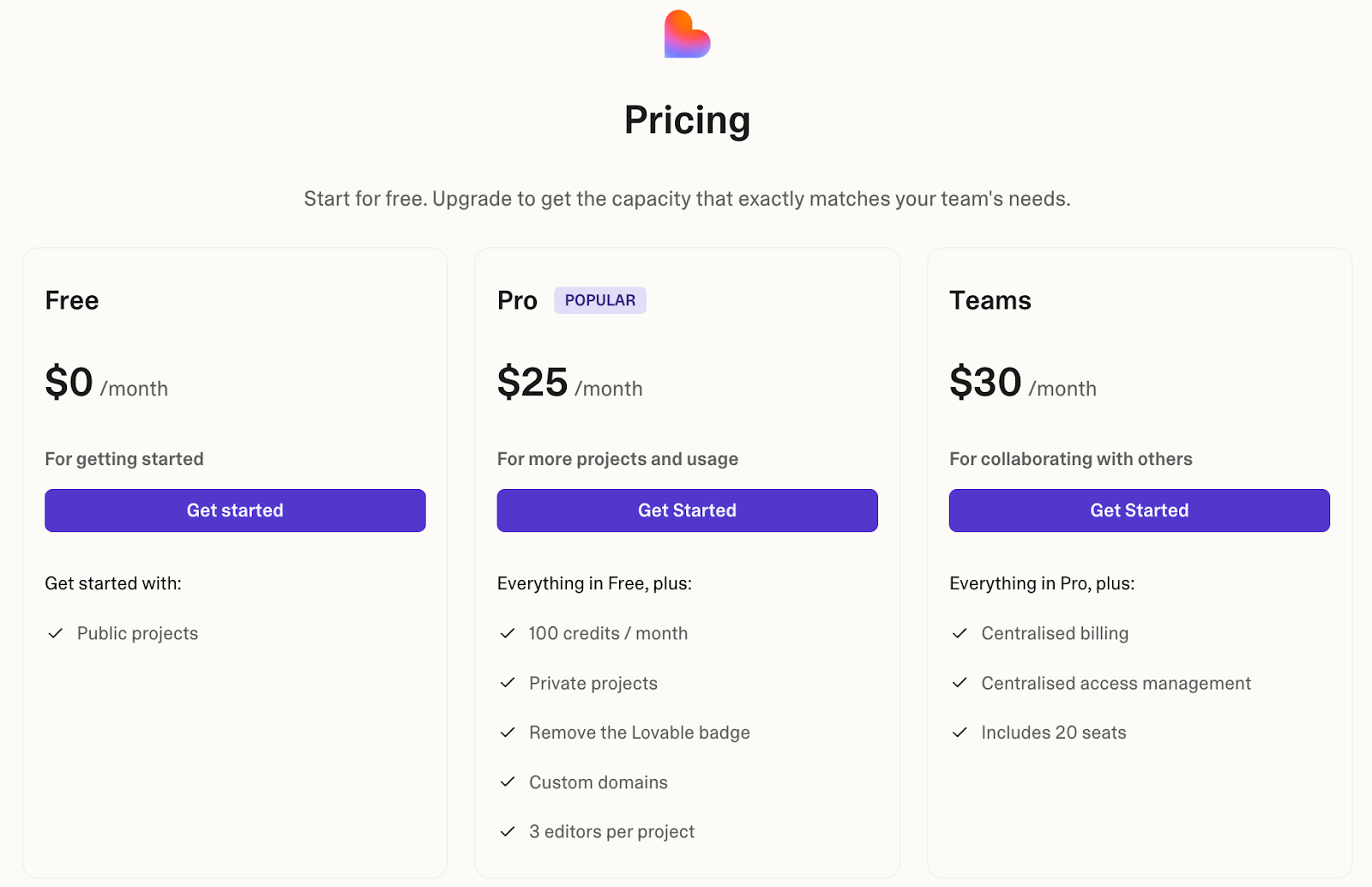Add-Ons, Bundles, and Upgrades: The Real Drivers of SaaS ARPU
Most SaaS teams talk about new customer acquisition, but the biggest revenue lift often comes from existing users. Once a customer is happy, the easiest growth lever is expansion: add-ons, bundles, and upgrades that increase average revenue per user (ARPU).
.svg)
Why Expansion Beats Acquisition
Acquiring a new customer can cost many times more than growing an existing one. Yet many SaaS businesses still invest heavily in top-of-funnel marketing while neglecting the bottom of the funnel where long-term growth hides. Expansion revenue compounds over time, building predictability and margin efficiency.
In subscription-based businesses, the best products grow alongside their users. As customer needs evolve they naturally seek more capacity, features or integrations. Companies that design for this growth from the start see higher retention and ARPU uplift without heavy sales effort.
Common Pitfalls in Add-On and Bundle Strategy
The problem is that many companies treat add-ons and bundles as afterthoughts. Add-ons are bolted on manually, bundles are thrown together in spreadsheets, and upgrades require one-on-one sales outreach. That approach limits speed and consistency.
Without structure, pricing becomes inconsistent, marketing experiments are slow, and RevOps teams struggle to maintain visibility. In fast-moving SaaS, that means missed opportunities for expansion.
What Great Expansion Strategies Have in Common
Strong expansion strategies share a few traits:
Winning Tactics from Leading B2B SaaS Companies
Recent trends across leading SaaS platforms reveal three proven tactics:
- Outcome-oriented bundles: Rather than packaging by feature list, companies bundle by business outcome such as “sales productivity” or “customer engagement”.
- Usage-based add-ons: Introduce variable add-ons linked to usage metrics (seats, API calls, transactions). This allows a smaller customer to start small and scale naturally.
- Intelligent cross-sells: Use data to trigger relevant offers when a customer hits a usage threshold, or when a complementary module makes sense. This blends personalisation with automation. Userpilot+2dodopayments.com+2
How Limio Helps Scale Expansion Revenue
With Limio Commerce, product and marketing teams can create, test and refine new offers in minutes. Bundles, discounts, add-ons and upgrades stay synced with popular CRM and billing systems like Zuora and Salesforce, ensuring consistent pricing and full visibility across teams.
Instead of waiting for developers to code offers or update pricing, business teams can run A/B tests, localise bundles and automate renewal offers directly within Limio. That means faster go-to-market cycles, smoother RevOps alignment, and happier customers who always see the right offer at the right time.
The result is simple: more revenue per customer, fewer dependencies on developers and an expansion motion that scales.
Other posts you may like

How to Roll Out a New Price Without Breaking Everything
Launching a new pricing should feel like progress, not panic. Yet for many SaaS teams, one tweak to pricing or a packaging can trigger chaos across CRM, finance, self-service, and sales systems. This blog explores why price & packaging changes so often grind to a halt and how fast-moving teams turn them into a smooth, one-day process. Learn how to centralise control, preview safely, and move fast without breaking everything - and see how Limio helps make it effortless.

Why SaaS Tiered Pricing Still Works, and Where It Doesn’t
Tiered pricing has long been the go-to model for SaaS companies, offering clear choices like “Basic,” “Pro,” and “Enterprise” that customers instantly understand. It’s simple, scalable, and effective - until it isn’t. As products become more complex and customers demand flexibility, rigid tiers can start to feel limiting. This article explores where tiered pricing still shines, where it breaks down, and how modern SaaS businesses are evolving their models to stay aligned with customer needs. With Limio, you can make that evolution effortless, testing and adapting pricing without code or disruption.
Other posts you may like

How to Roll Out a New Price Without Breaking Everything
Launching a new pricing should feel like progress, not panic. Yet for many SaaS teams, one tweak to pricing or a packaging can trigger chaos across CRM, finance, self-service, and sales systems. This blog explores why price & packaging changes so often grind to a halt and how fast-moving teams turn them into a smooth, one-day process. Learn how to centralise control, preview safely, and move fast without breaking everything - and see how Limio helps make it effortless.

Why SaaS Tiered Pricing Still Works, and Where It Doesn’t
Tiered pricing has long been the go-to model for SaaS companies, offering clear choices like “Basic,” “Pro,” and “Enterprise” that customers instantly understand. It’s simple, scalable, and effective - until it isn’t. As products become more complex and customers demand flexibility, rigid tiers can start to feel limiting. This article explores where tiered pricing still shines, where it breaks down, and how modern SaaS businesses are evolving their models to stay aligned with customer needs. With Limio, you can make that evolution effortless, testing and adapting pricing without code or disruption.

Mastering the customer acquisition journey for your subscription business

6 SaaS pricing pages we love and why they work
We’ll look at six of our favourites in this post and explain why we like them. But first, let’s...

How (and Why) Fast-Growing SaaS Companies Evolve Their Pricing Every Quarter
Pricing is not a one-off task but an ongoing discipline. In fast-moving SaaS markets, static pricing quickly slows growth. The best SaaS teams treat pricing as an operating rhythm, not a special project. They review and adjust every quarter to reflect shifts in product, segment, and competition. Without this agility, companies risk undercharging power users, overcharging small customers, and turning every commercial update into an engineering project. Modern SaaS leaders avoid this trap by empowering business teams to make pricing changes directly and measure results rapidly. With Limio, pricing updates are instant, coordinated across every channel, and integrated with CRM and billing systems.